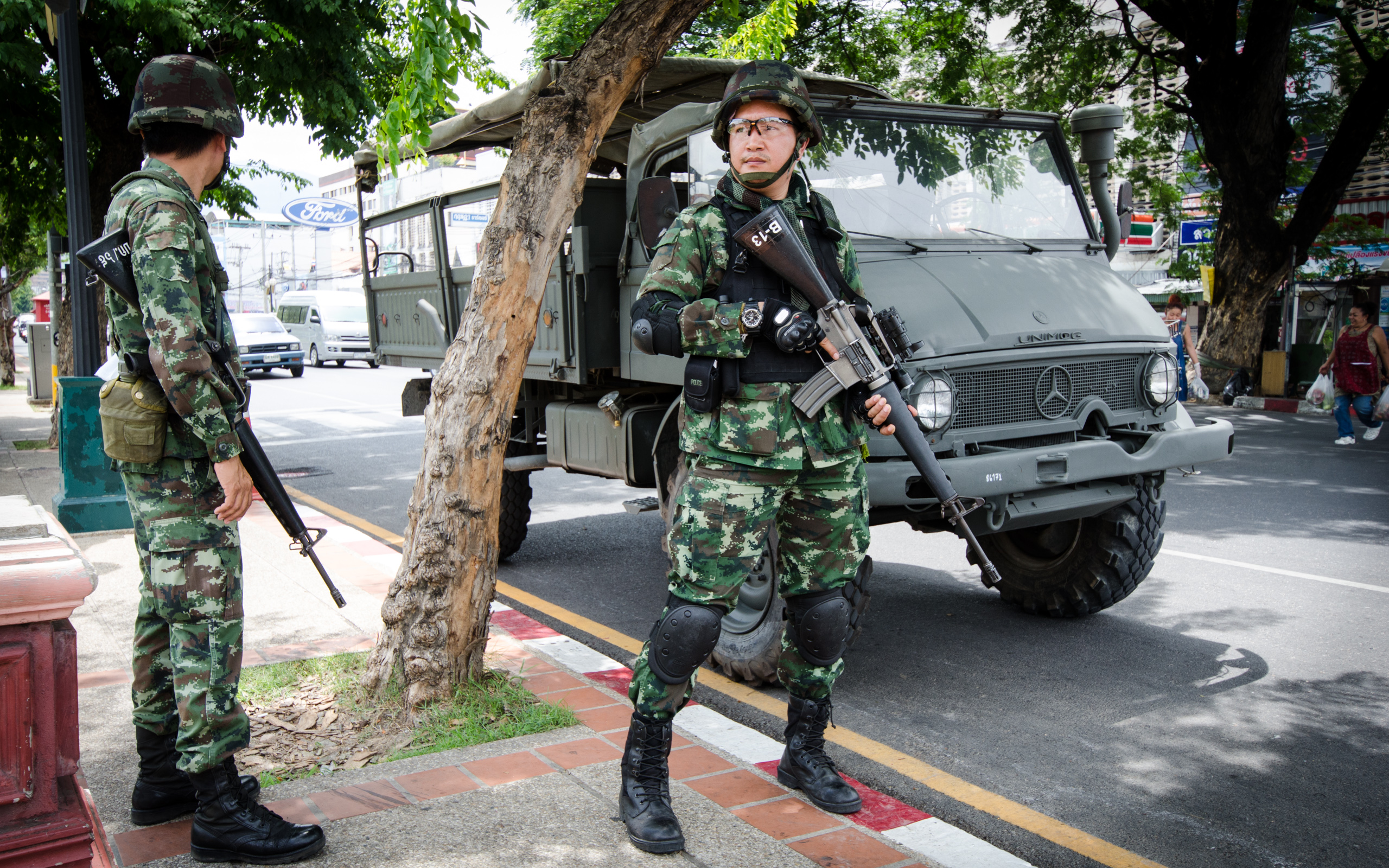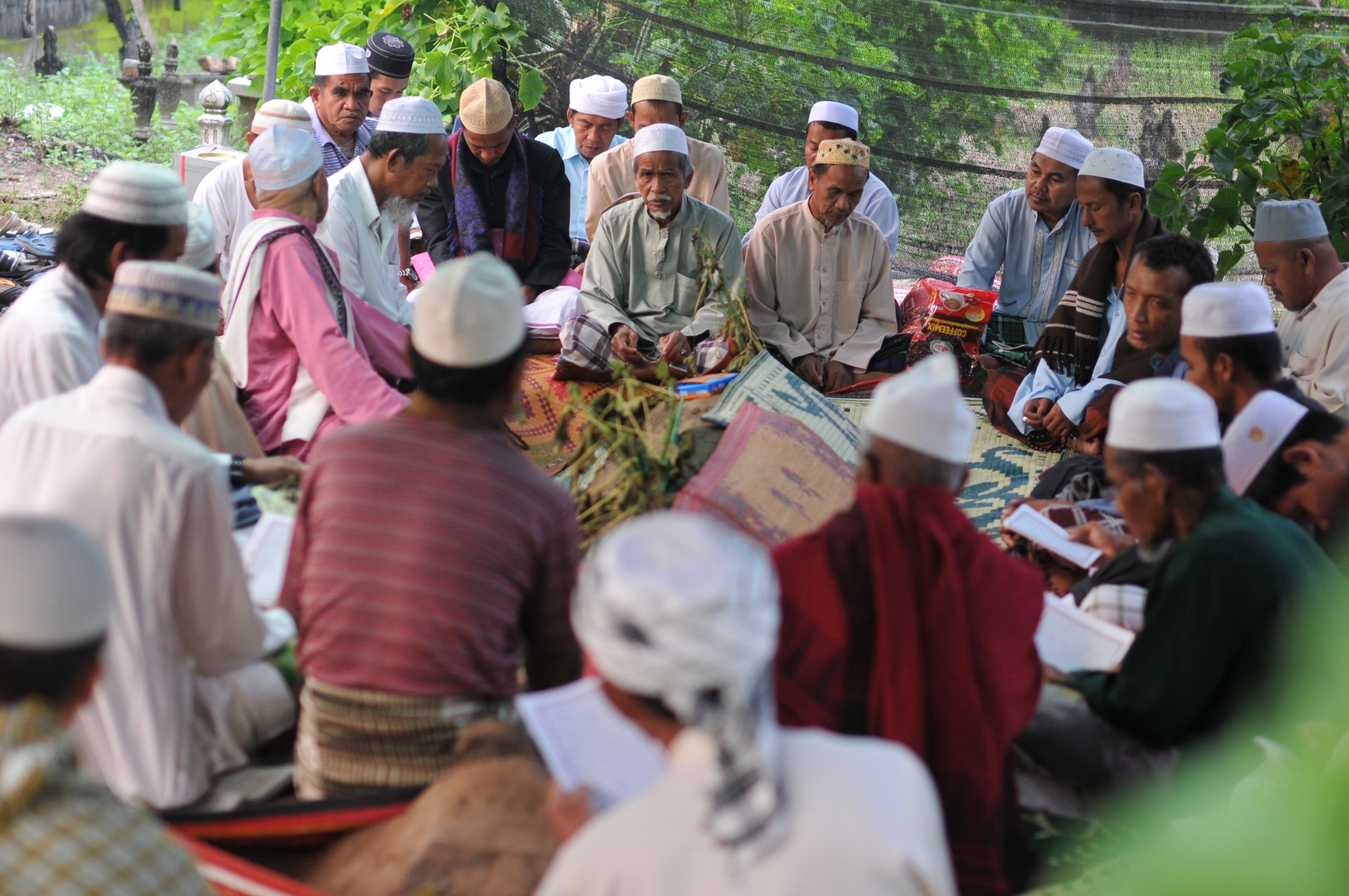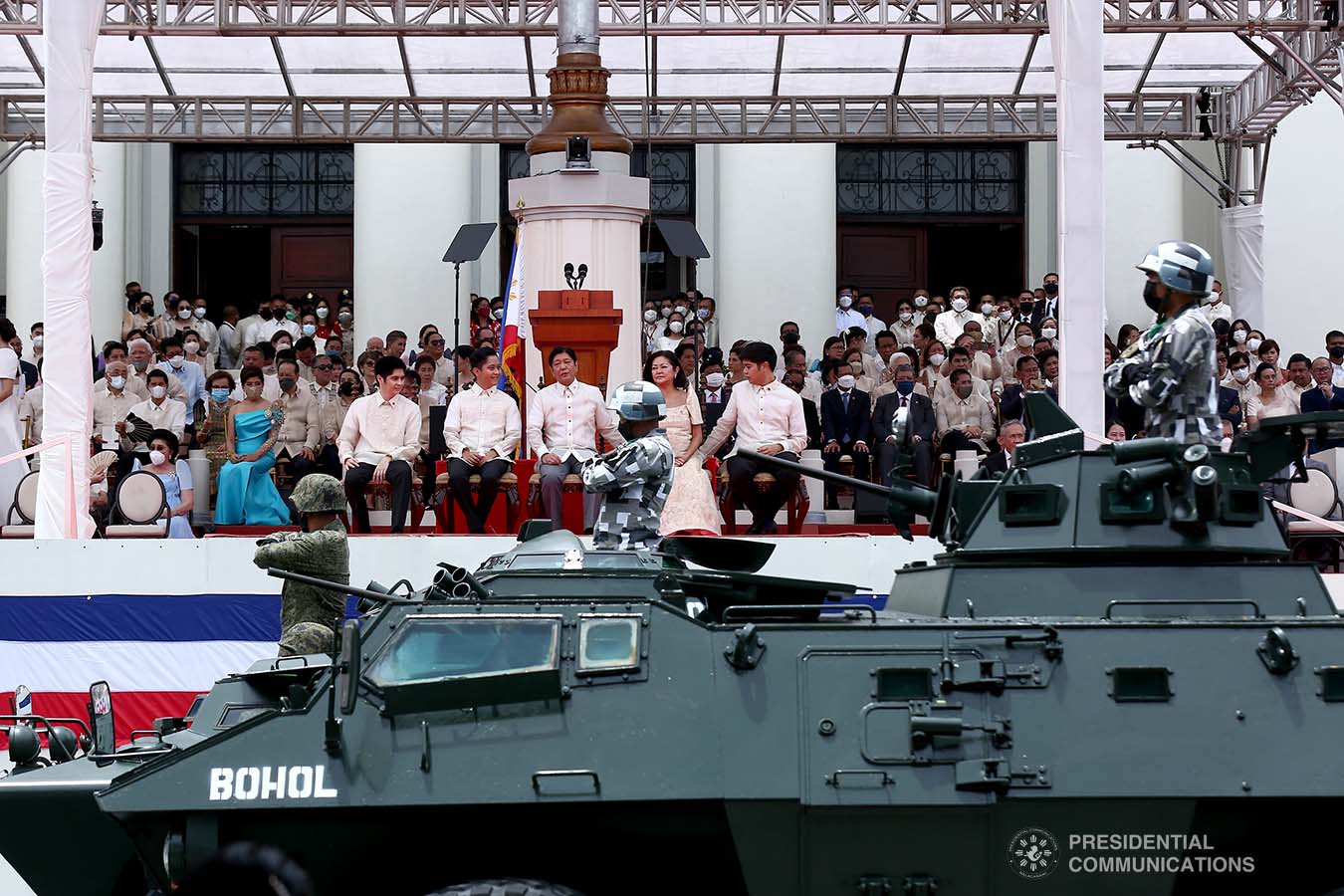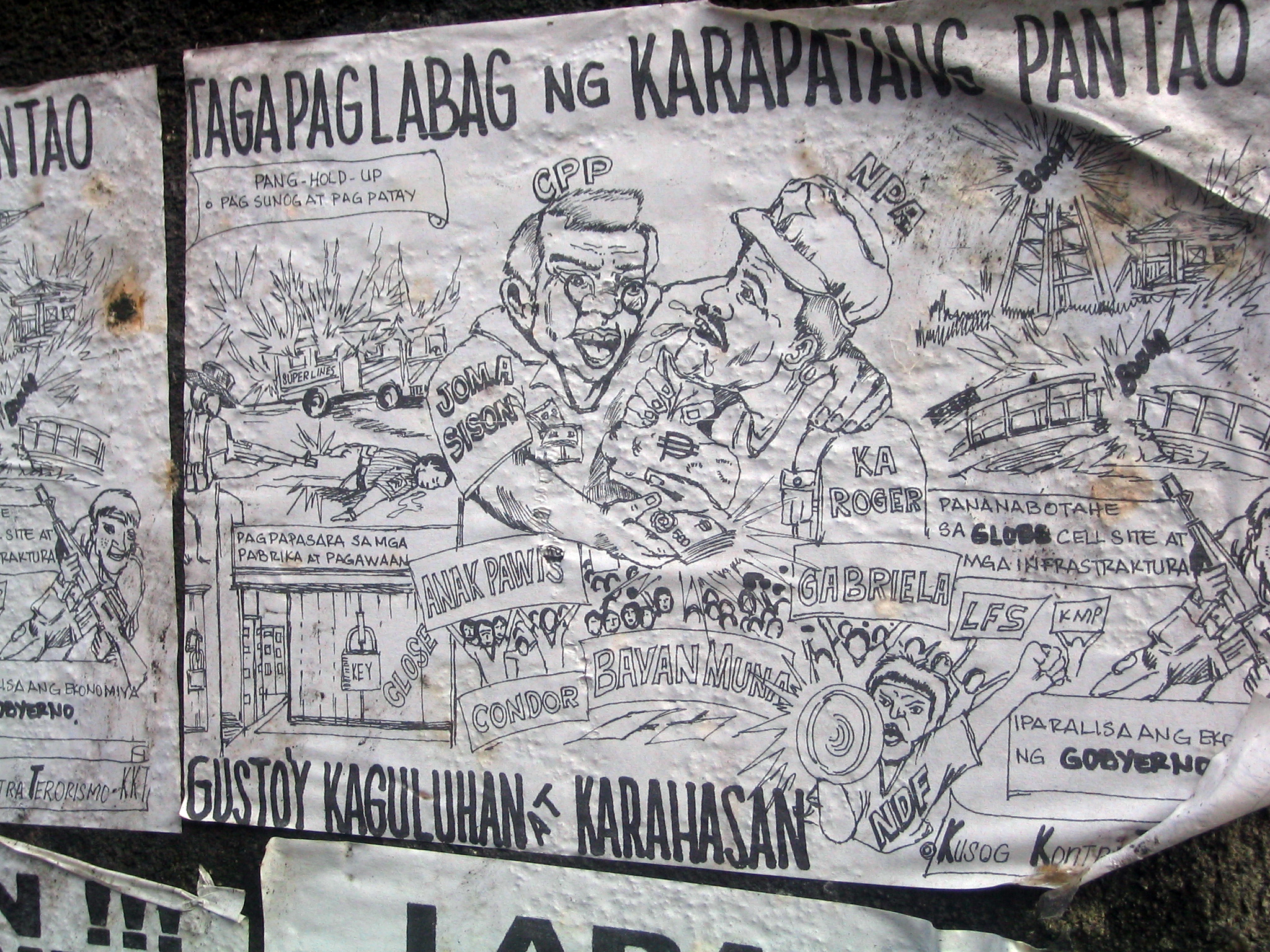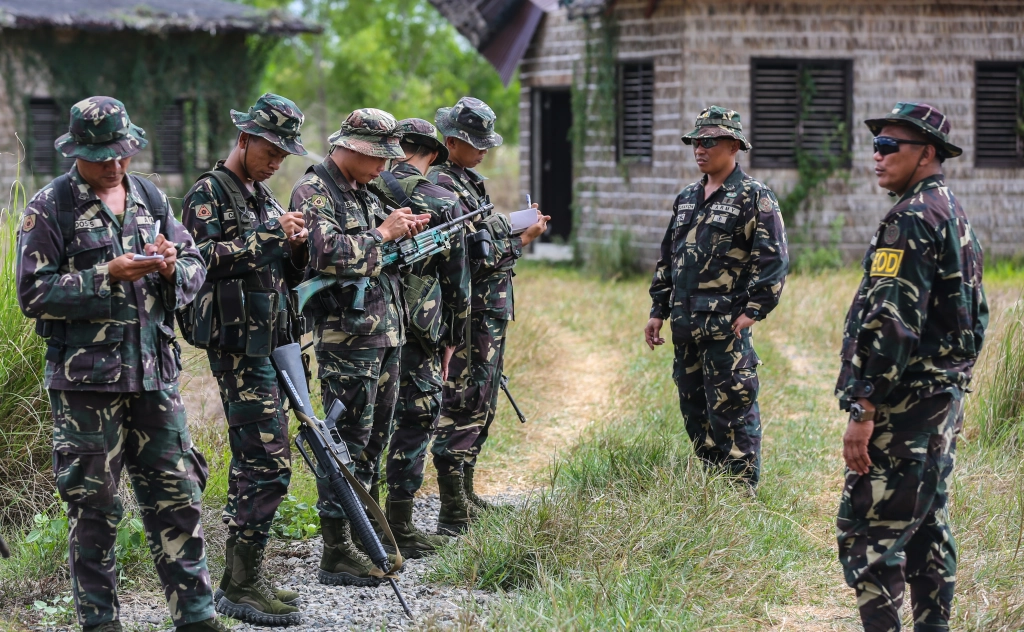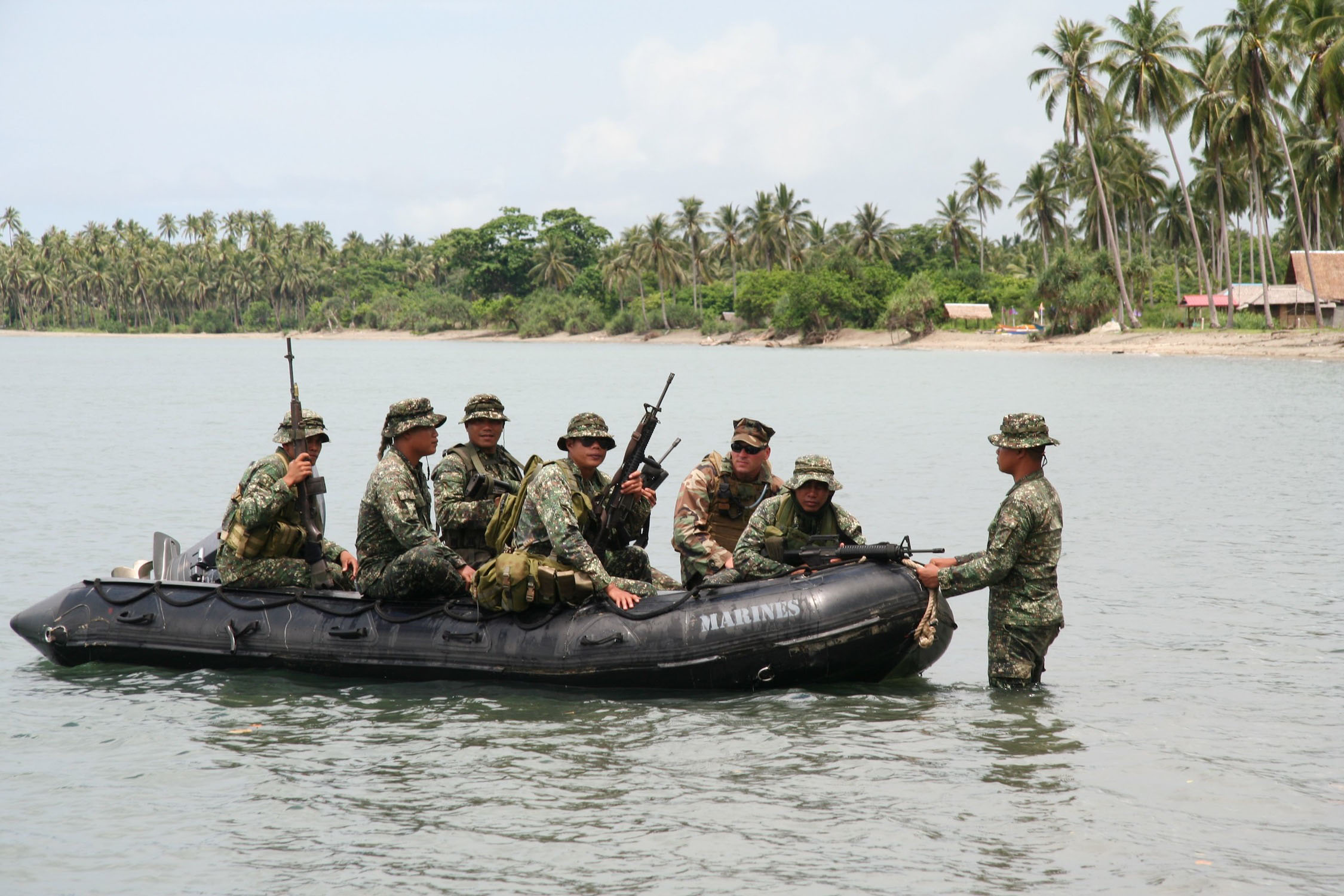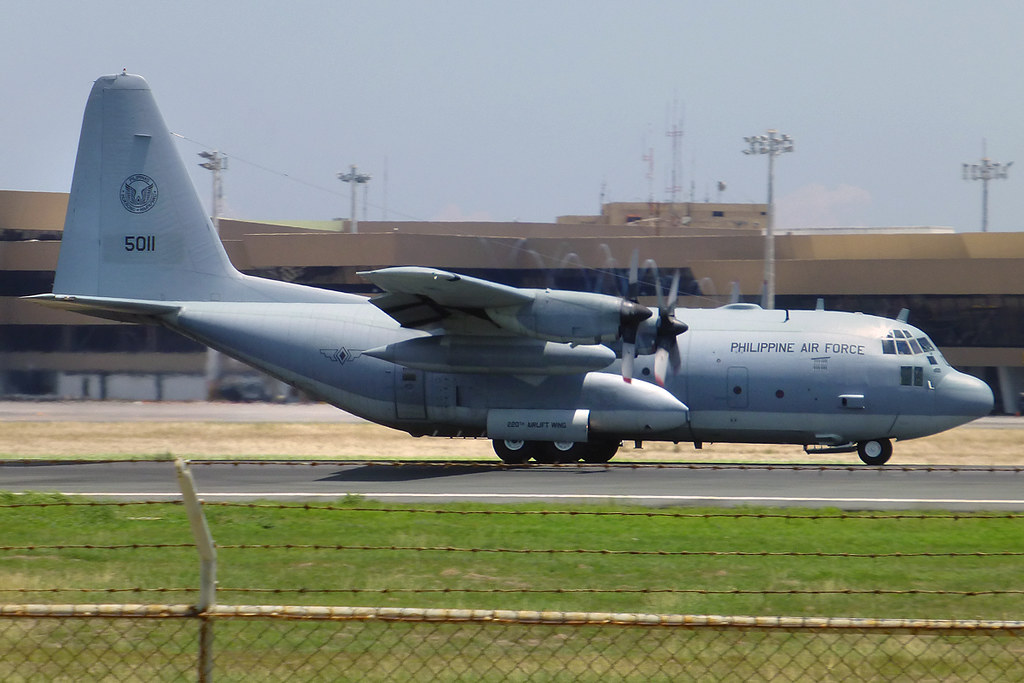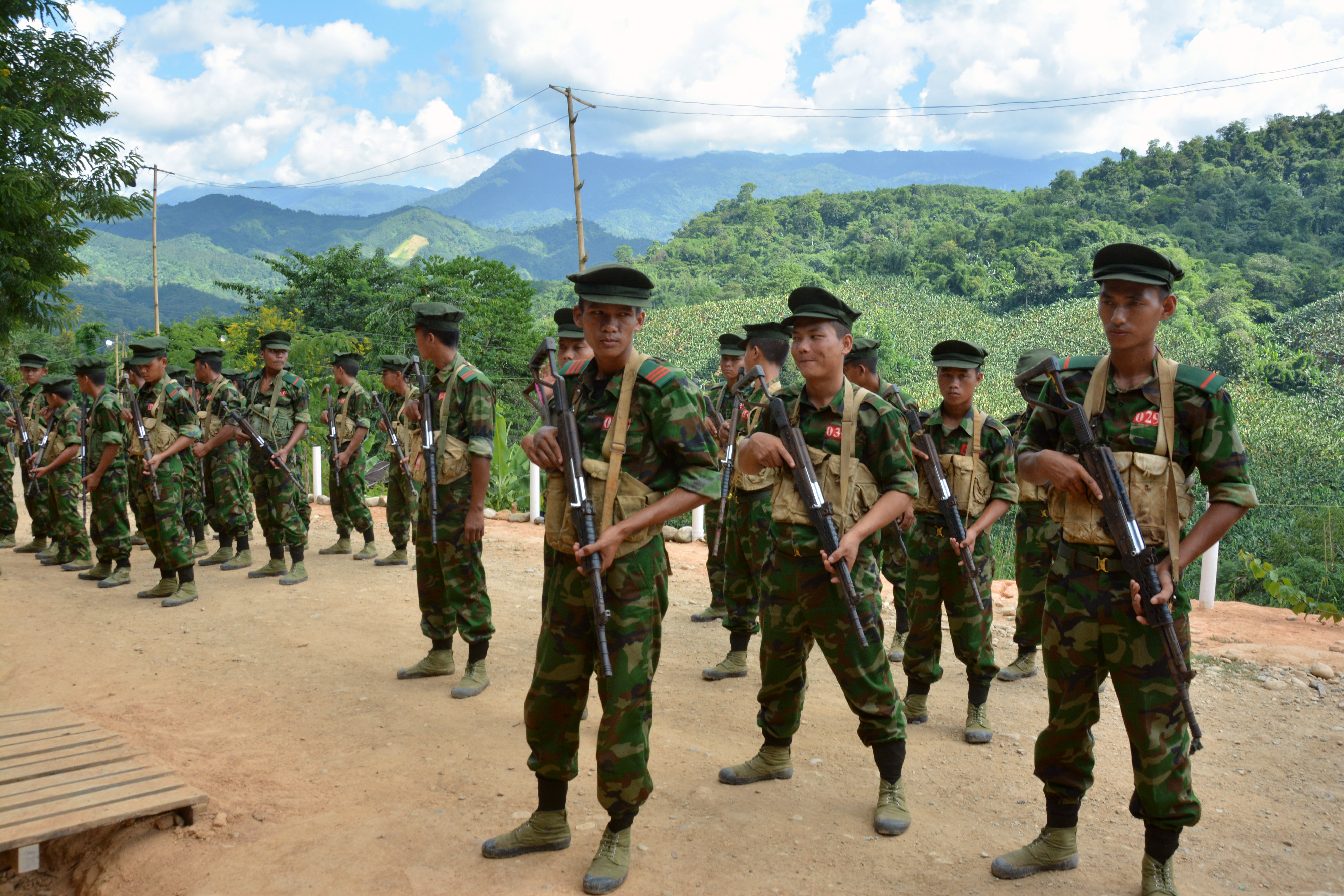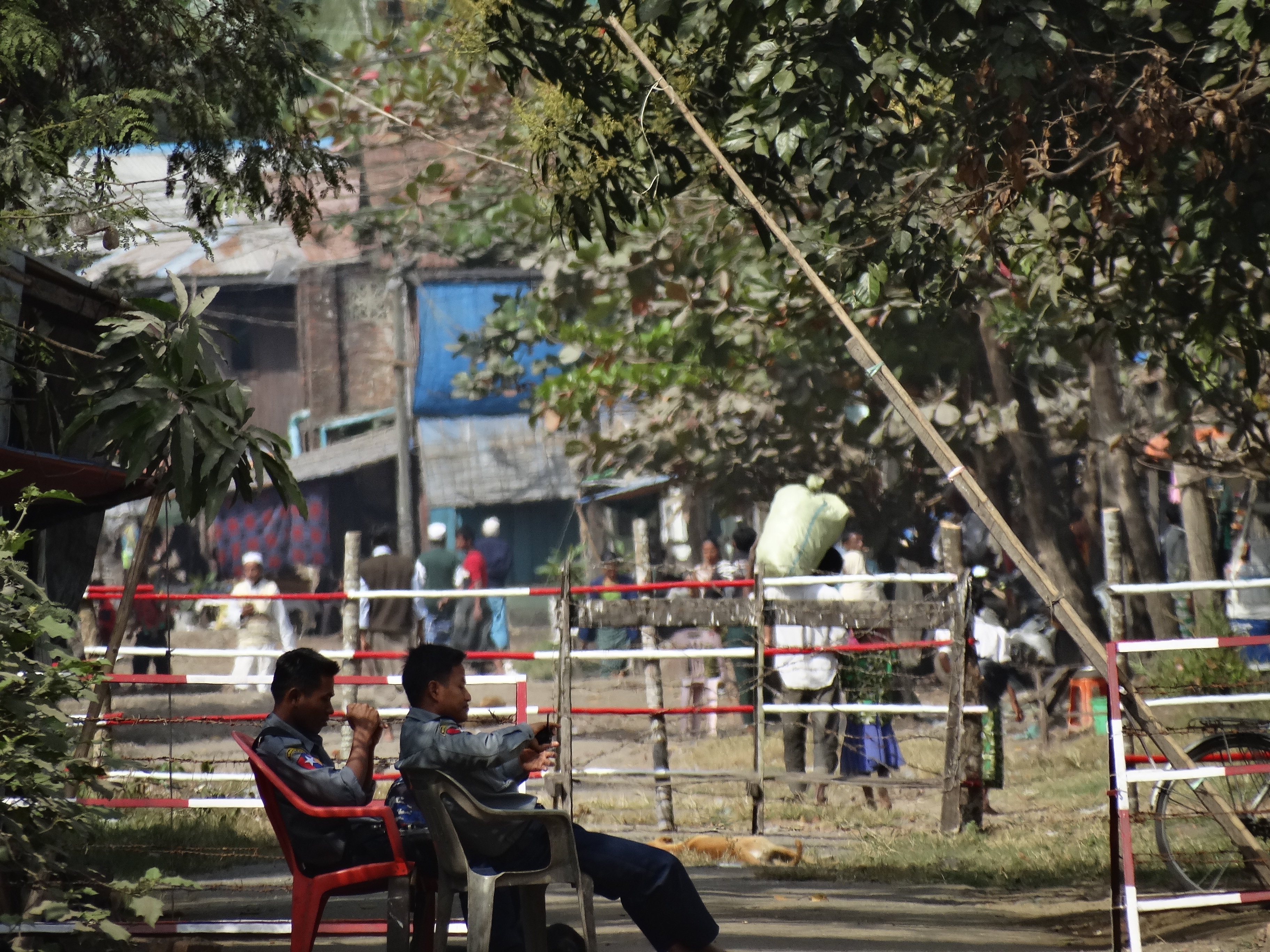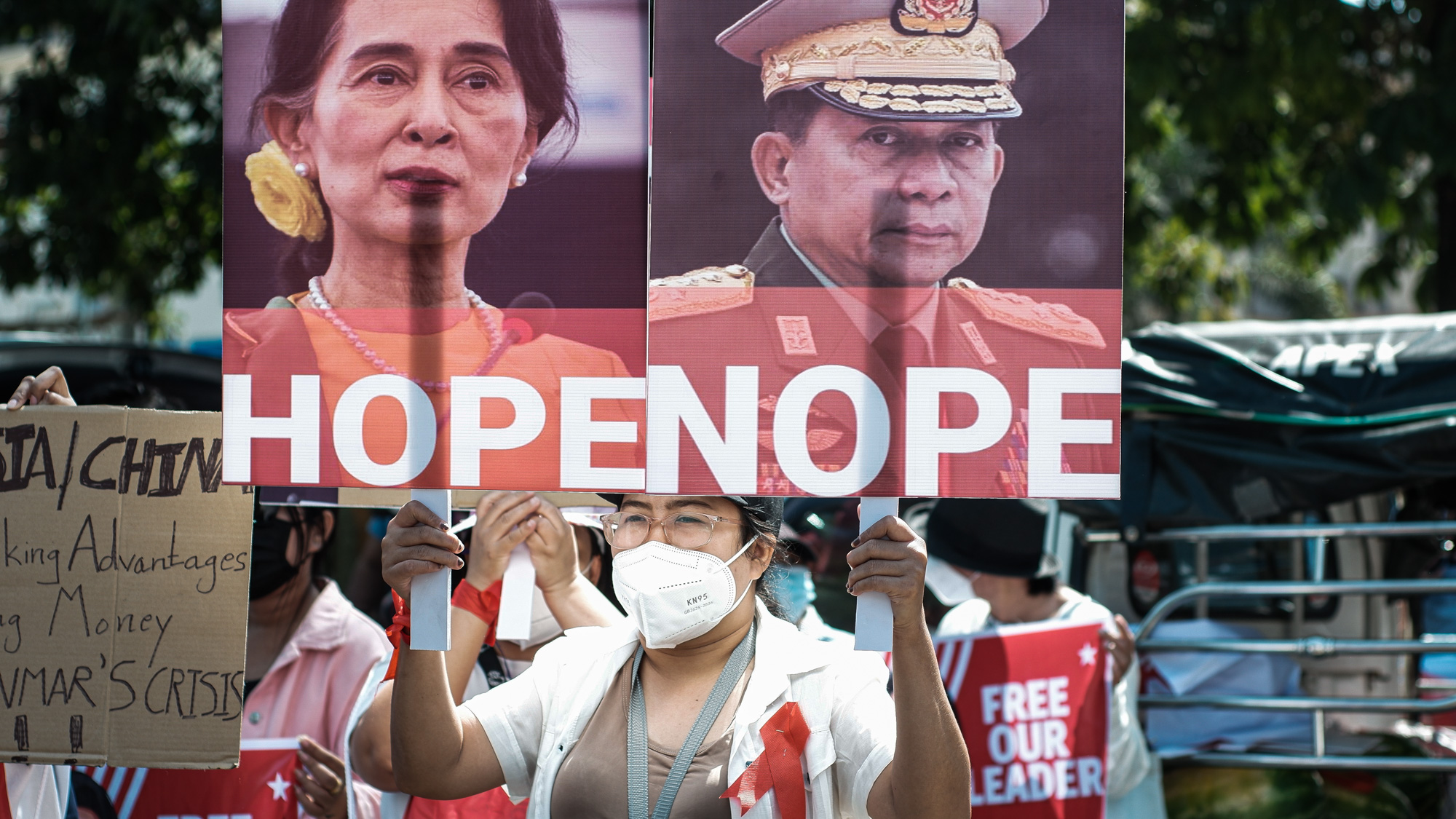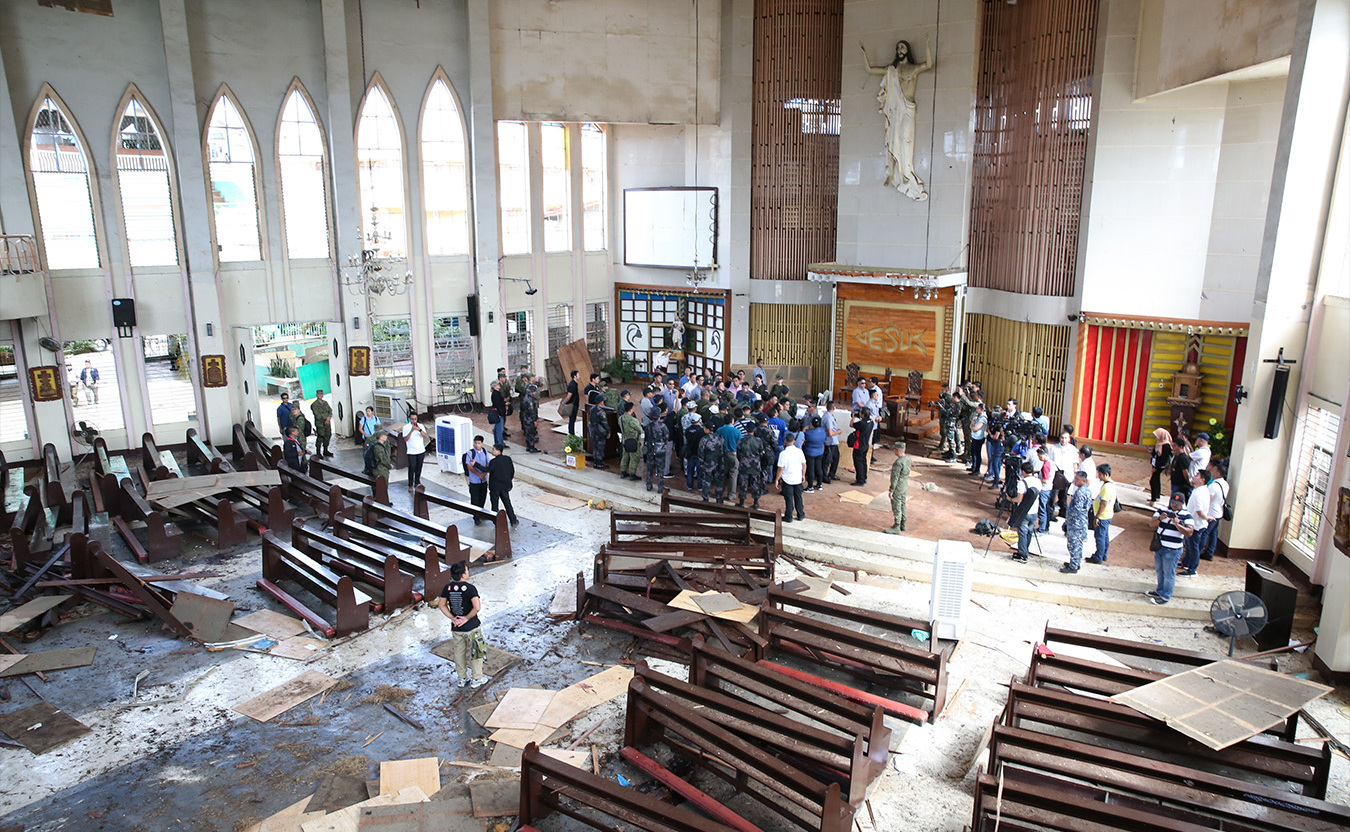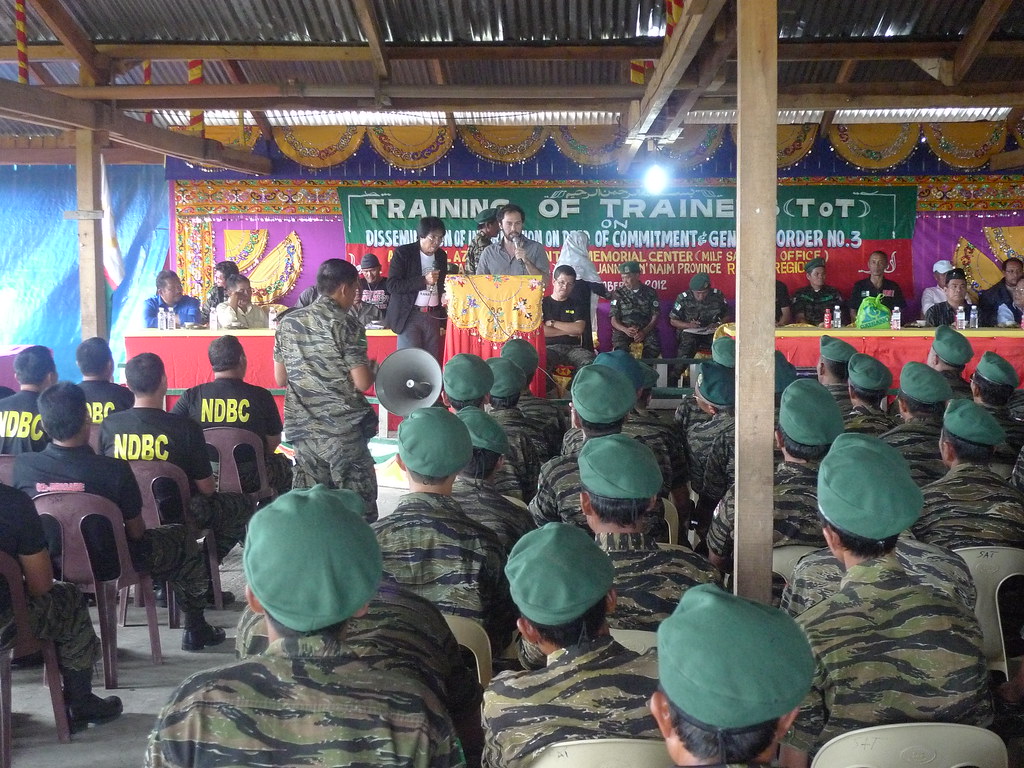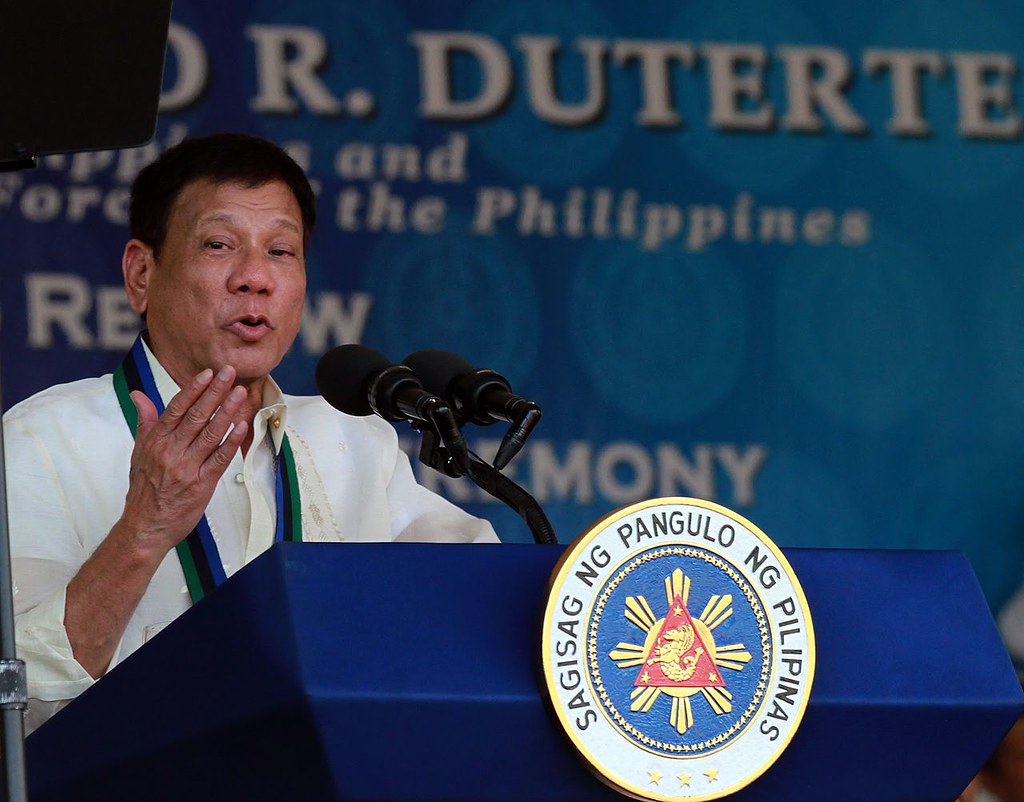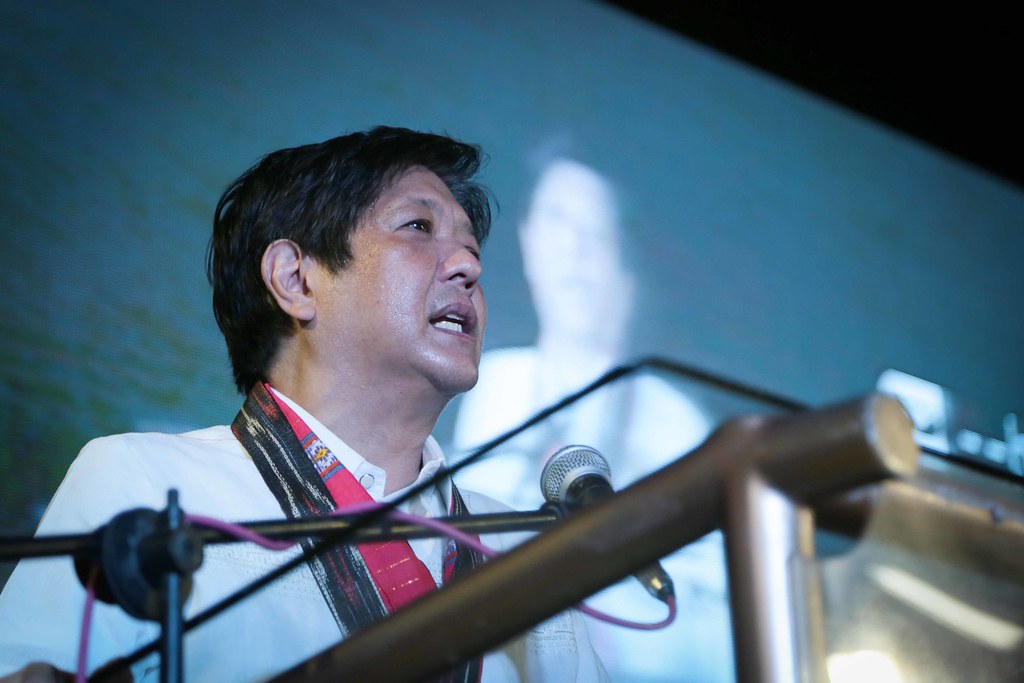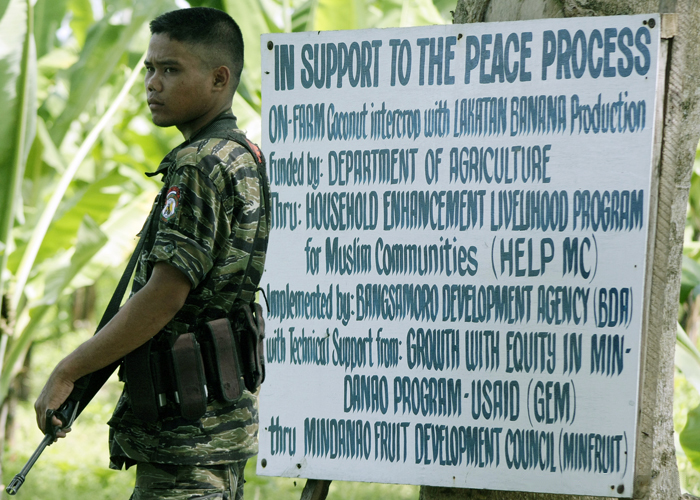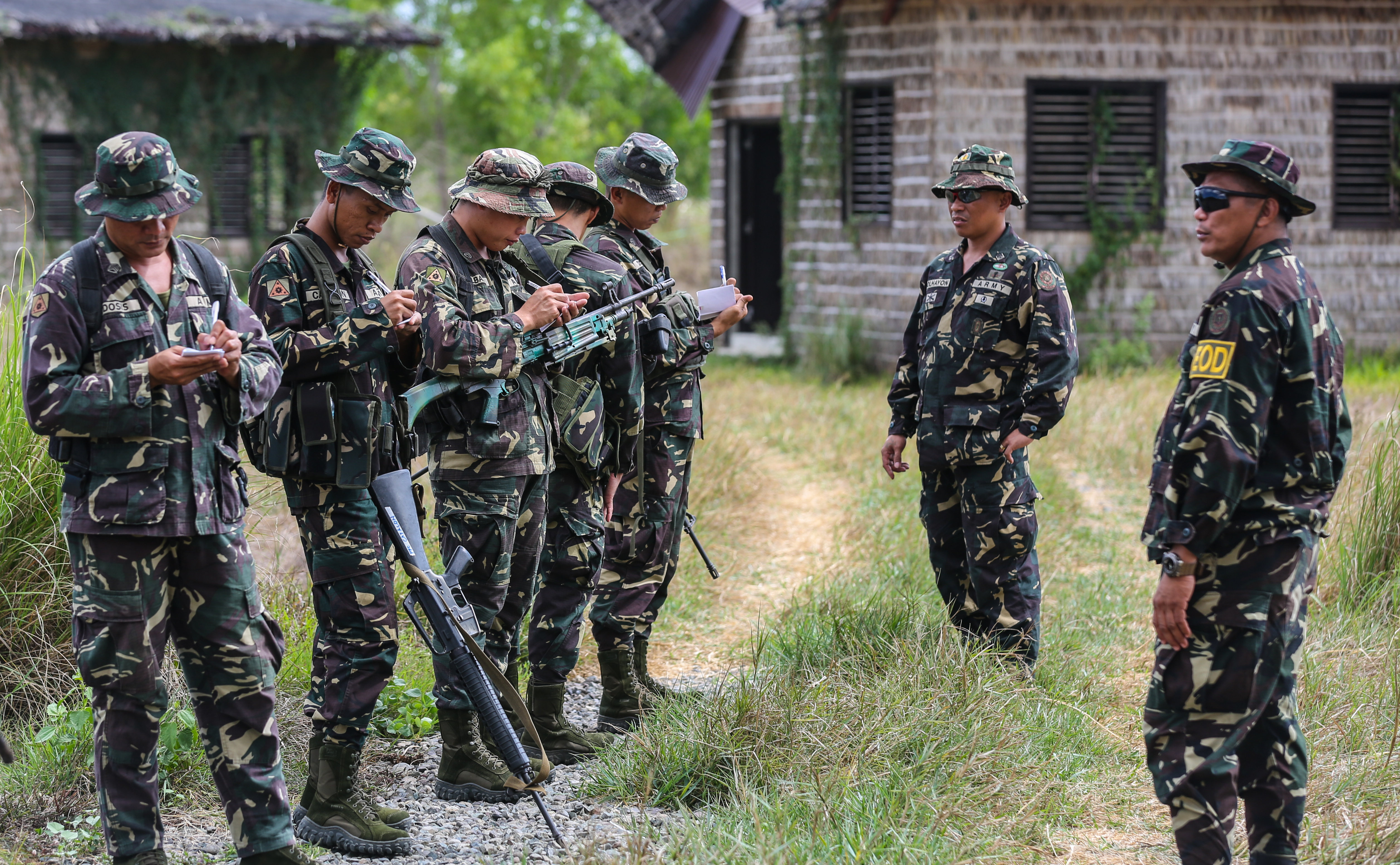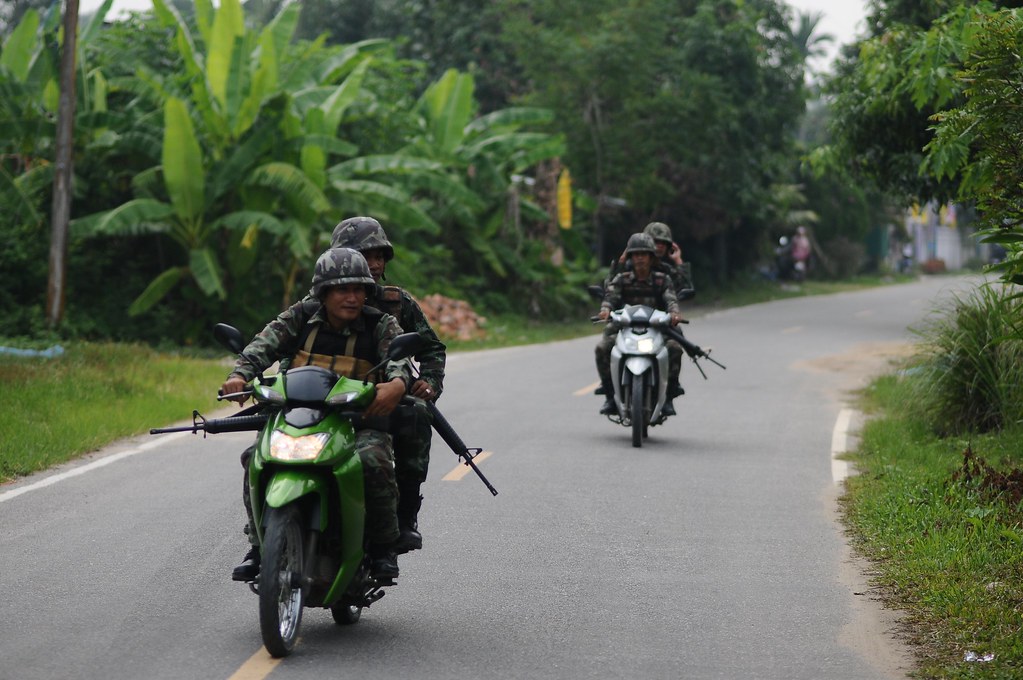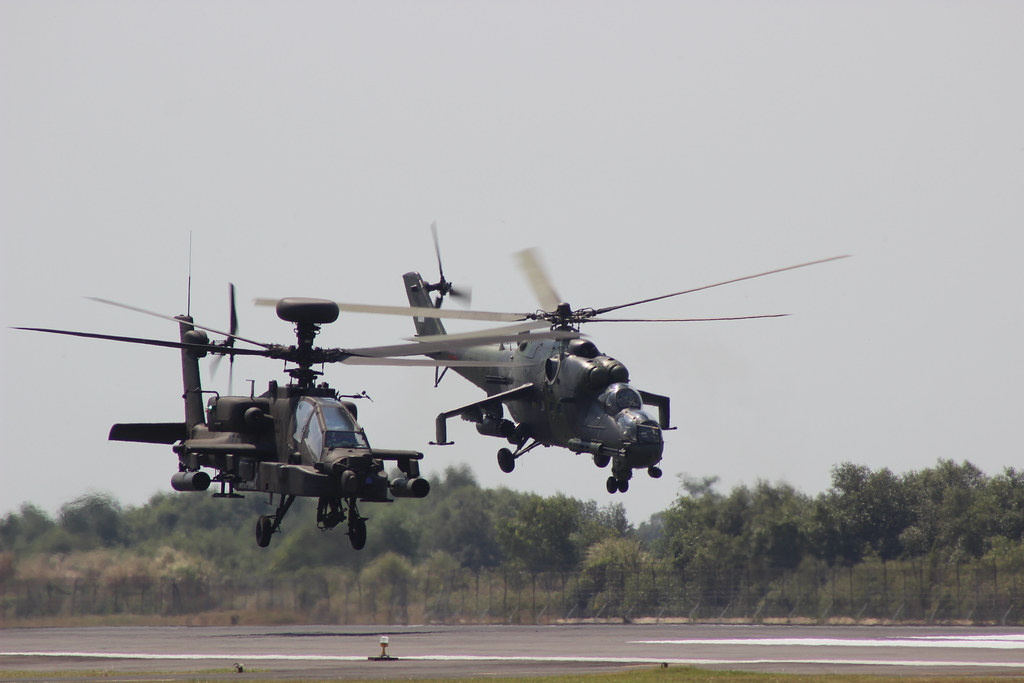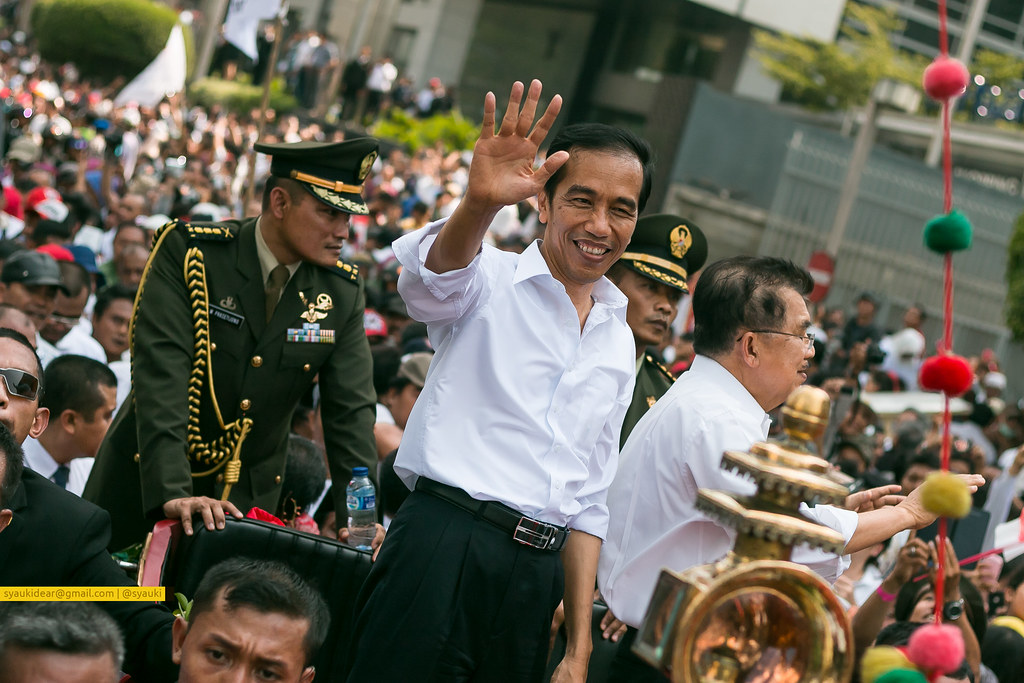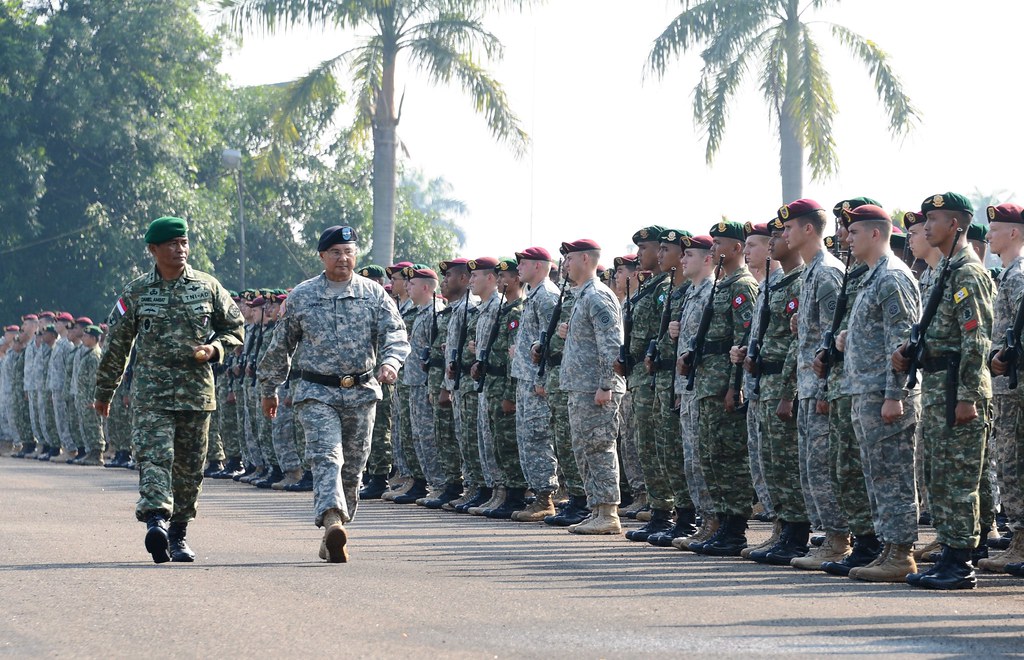
On the first Sunday of December 2023, a bomb exploded during a Catholic mass being held in the gymnasium at Mindanao State University (MSU), in the southern Philippine city of Marawi, which was all but destroyed in 2017 in a five-month battle between the Philippine Army and the Maute and Abu Sayyaf jihadists. Four people were killed by the improvised device during the recent blast at MSU, constructed using a mortar or grenade, which left at least 50 others injured.
Police quickly attributed blame to Maute Group militants affiliated to Dawlah Islamiyah—the term used for the Islamic State in the Philippines. Armed Forces of the Philippines (AFP) chief Gen. Romeo Brawner indicated the blast was a “retaliatory attack,” after airstrikes killed 11 fighters of another local Dawlah Islamiyah affiliate, the Bangsamoro Islamic Freedom Fighters (BIFF), several days earlier, further south in Maguindanao del Sur province.
The Marawi blast served as an abrupt reminder of the threat posed by Islamist militants in the Bangsamoro Autonomous Region in Muslim Mindanao (BARMM), which in recent years has seen a marked improvement in security, with the more moderate Moro Islamic Liberation Front (MILF) disarming in exchange for self-rule. The bombing by the Mautes, however, has sparked renewed AFP offensives, with soldiers targeting the BIFF in mid-December along the provincial boundary between Maguindanao del Sur and Cotabato, killing nine BIFF members in the Liguasan Marsh area in a combined aerial and ground operation. The Maute Group was targeted in late-January in Lanao del Sur, with nine militants killed in gun battles that also left four AFP troops wounded.
The clashes raise the specter of renewed jihadist violence as the peace process enters the last year of a six-year transition, set to end in May 2025 when the MILF-led interim authority is due to hand power to an elected regional parliament for the Muslim-majority BARMM. This would mark the final stage of an effort that began in the 1990s to end decades of separatist war. Affiliates of Dawlah Islamiyah—despite their vastly reduced strength—are among opposing forces intent on proving disruptive to this landmark handover, and may look to seize the opportunity to rebound.
Mautes and BIFF
The primary threat emanates from Maute and BIFF remnants, though their leadership has been decimated by the AFP and the structure of these two groups is now unclear. Maute leader Abu Zacaria (otherwise known as Faharudin Hadji Satar) was killed along with finance chief Joharie Sandab last June when troops raided their hideout in Marawi city. The two had reportedly sought an urban safehouse, having slipped out of the remote forested areas of Lanao del Sur and Lanao del Norte where the group is based. Abu Zacaria was also the “emir” of the Islamic State in East Asia—largely a symbolic position, as operational links between the various groups aligned with Dawlah Islamiyah, both in the Philippines and in nearby Indonesia, are minimal or non-existent.
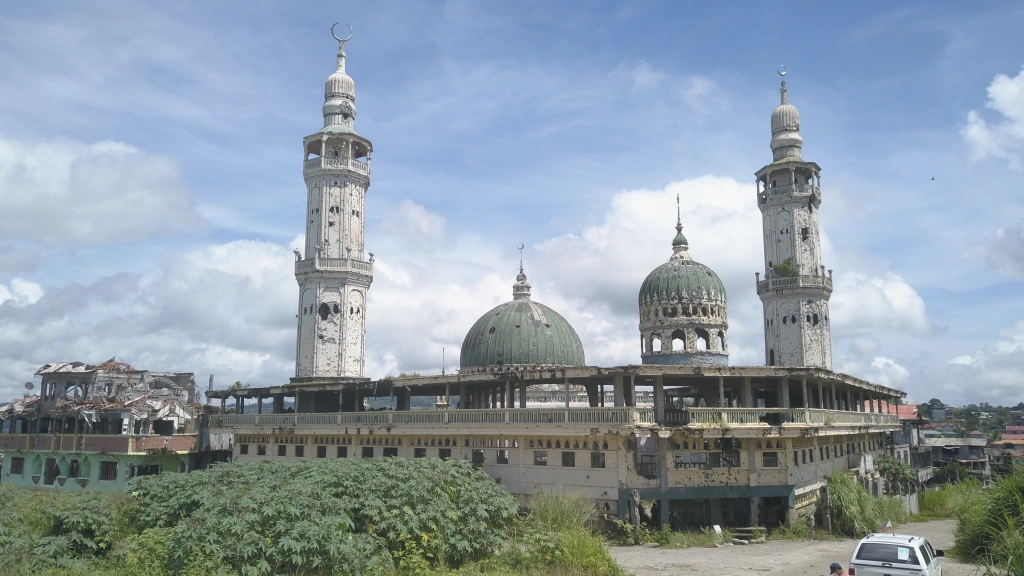
One name touted as his replacement, Abu Toraife (or Esmael Abdulmalik), leads a small faction of BIFF rebels in Maguindanao. Several weeks after the killing of Abu Zacaria, an online media outlet associated with the self-proclaimed Islamic State-East Asia Province (ISEAP) posted an image declaring Abu Toraife as his successor as regional “emir,” though it is not known whether this role as figurehead was sought. Reports emerged last September that Abu Toraife may have surrendered along with five of his followers, although this has not been confirmed by the AFP or corroborated by local media outlets. Another BIFF sub-leader thought to be the possible “emir” of Dawlah Islamiyah, Abdullah Sapal, was killed by AFP troops during operations late last year.
Little is known about the group’s remaining structure. It is likely still composed of at least three main factions—the most radical of which is associated with Abu Toraife in addition to others led by Ismael Abubakar (alias ‘Imam Bongos’) and Ustadz Karialan (alias ‘Imam Minimbang’). These factions operate in roughly the same area, but are geographically isolated from Maute remnants further north in Lanao, meaning that although allied there is no direct coordination between the two groups. Also subsumed into or operating alongside BIFF factions are a collection of smaller extremist groups including Al-Khobar—which has been linked to the use of improvised explosive devices (IEDs) and the extortion of local transport companies—and remnants of Ansar Khalifah Philippines (AKP), which has operated further south in Sarangani and South Cotabato provinces. Its leaders, Mohammad Jaafar Maguid and Salahuddin Hassan, were killed by Philippine troops.
Over time, the killing of senior Maute and BIFF leaders by the military—notably Maute founders Abdullah and Omar Maute in the Marawi siege in 2017 and their successor, Abu Dar, in Tubaran in 2019—has encouraged followers to surrender, further weakening both groups. It is estimated that only 30-40 Maute rebels remain, while the number of BIFF fighters may be around 100-200. Despite indications from the government that a “foreign element” is still present, the majority are thought to be Filipino recruits.
Abu Sayyaf
Another group of Islamic State-aligned rebels remain active in the island province of Basilan, to the west of mainland Mindanao, in the form of Abu Sayyaf. It was estimated by the AFP last year to number less than 130—down from 400-500 a decade ago, when the group was notorious for high-profile kidnappings-for-ransom, and later suicide bombings. Abu Sayyaf has launched few proactive attacks in the past two years, while its last well-known leader, Mudzrimar Sawadjaan, was killed by AFP forces on naval patrol in December when they intercepted a militant vessel off the Basilan coast. Sawadjaan had been in hiding since late-2022, when he fled the neighbouring island province of Sulu, where his radical faction was based, to evade the authorities. There, the group is considered near-defeated by the AFP, with Abu Sayyaf’s other island stronghold of Tawi-Tawi, a small archipelago near the Malaysian coast, also declared free from militant influence.
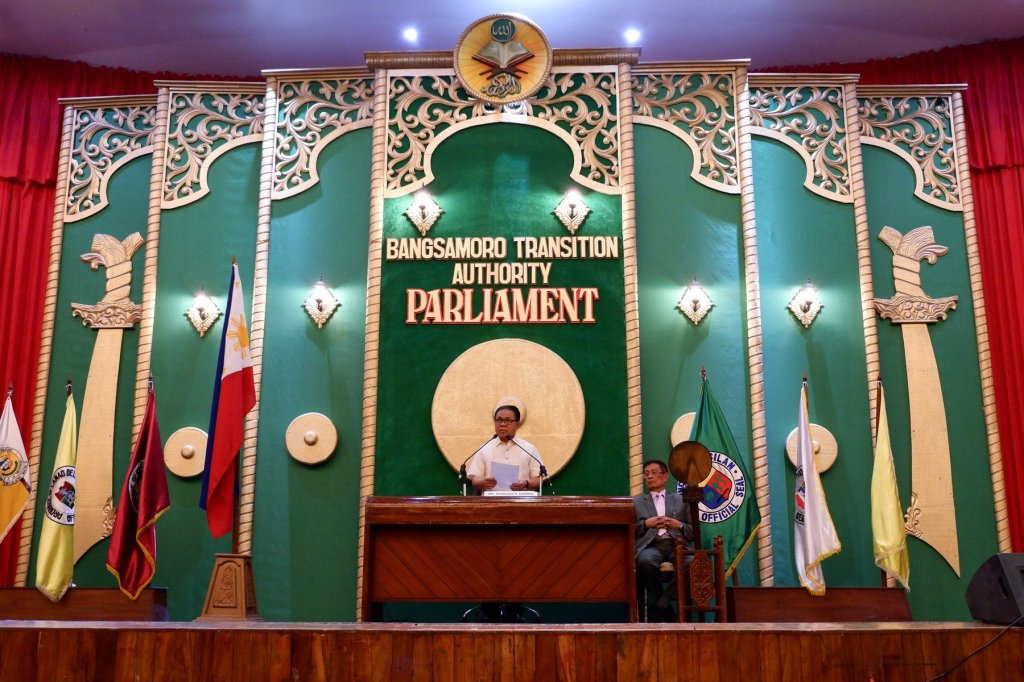
As a result of the perceived diminishing threat posed by Abu Sayyaf, the kidnap-for-ransom risk in the Sulu and Celebes Seas, which surround the islands, has been downgraded by a regional multilateral monitoring group—the Regional Cooperation Agreement on Combating Piracy and Armed Robbery against Ships in Asia, or ReCAAP—from moderate to low. In addition, Malaysia has relaxed a dusk-to-dawn curfew that had been in place for civilian vessels off the east coast of Sabah state, reducing the number of affected districts from 10 to six, with Tawau the latest to be taken off the list. Abu Sayyaf had in past years infiltrated eastern Malaysia, and set up small camps in remote coastal areas, but no longer has a presence there. It is also no longer active on the Zamboanga Peninsula, with trilateral maritime patrols carried out by the Philippine coast guard and navy—with Malaysian and Indonesian naval support—preventing the movement of rebels.
Abu Sayyaf could yet re-emerge. It has persisted since the early 1990s, but is in dire condition, given its degraded capabilities and isolation in Basilan, while it is also struggling to recruit. The death of Mudzrimar Sawadjaan, which followed the killing of his predecessor as group leader, and uncle, Hatib Hajan Sawadjaan, in July 2020, has dismantled the family that have been at the center of Abu Sayyaf in Sulu province and behind its adherence to Islamic State ideology in recent years. If the group were to rebound, it would likely be in the form of a bandit or criminal-type organization, which would have to rebuild resources locally before returning to the tactics more associated with Islamist extremism. Since late last year, the AFP has reoriented its forces from across the island chain under a new task force in Basilan, to tackle the group’s remnants.
Ongoing threat
To dismantle Abu Sayyaf, the Mautes and the BIFF completely, however, will be easier said than done. The AFP chief told reporters last July that the military could achieve “total victory” against Islamic State-linked groups by the end of 2023, but this has not been realized. The groups active on mainland Mindanao, in particular, may sense an opportunity as the BARMM transition nears its end, and will not give up with the region’s future still hanging in the balance. MILF chair Al Haj Murad Ebrahim, who also leads the interim Bangsamoro government, has warned that Dawlah Islamiyah is attempting to recruit from his forces as they demobilize. ISEAP has also been more active with online propaganda, claiming responsibility for attacks, including the MSU bombing.
There is still a chance that groups under the Islamic State banner could rebound—yet with the local element, rather than international jihadism, perhaps the most likely driver. The multitude of extremist elements has been around since the MILF and an older separatist group, the Moro National Liberation Front (MNLF), began to moderate and seek a political resolution more than three decades ago. More radical offshoots, including the Mautes and the BIFF, then proliferated from 2010 onward, as the peace accord between the MILF and the Philippine government drew nearer. This founding cause remains, and these now-Islamic State affiliates still exist very much in opposition to the peace process, which they have in the past only responded to with violence. It remains to be seen whether attacks such as the Marawi bombing represent the dying embers of these groups, or a reignition of their campaign in the build up to the crucial BARMM elections.
A version of this article is also published on Asia Sentinel.
